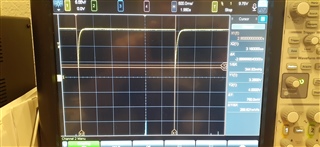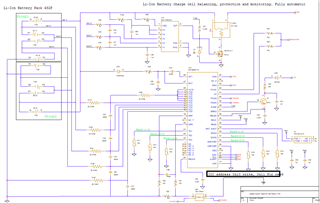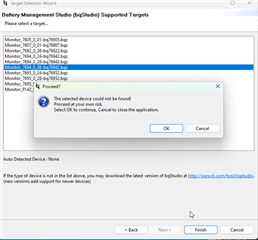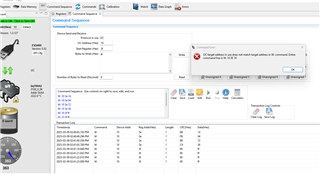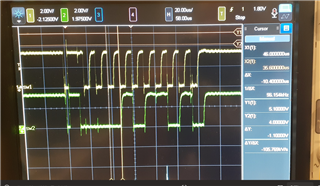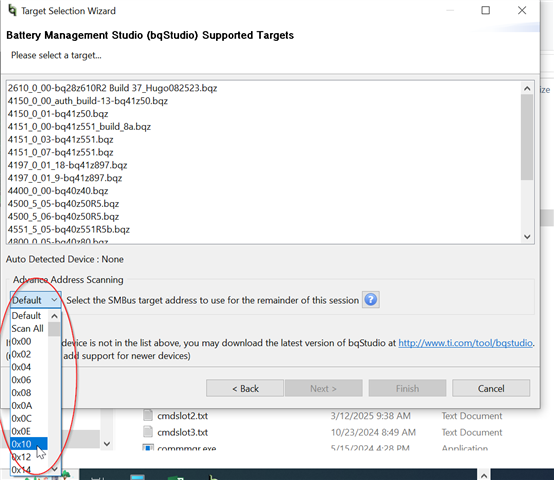Other Parts Discussed in Thread: BQSTUDIO, , , BQ34Z100, EV2400
Tool/software:
I'm new to the battery management technology. Using BQstudio and BQ76942EVM, I have been able to set up the GG file and now I want to program a BQ76942 on a custom PCA. This is a 4s2p design. Does the EVM need to be set up as a 4S2P cell simulator and the custom PCA have the batteries installed before I can communicate to the custom PCA BQ76942?
If there is a simpler method to program with the EVM and BQstudio, please let me know.
THANKS
Bill


